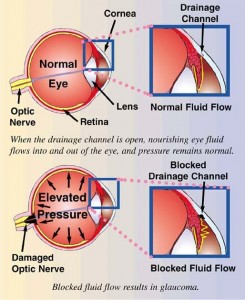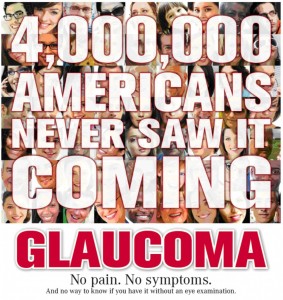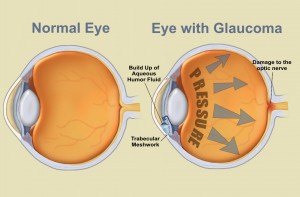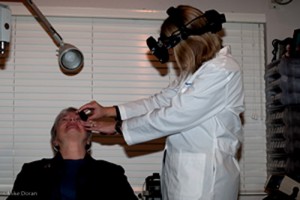There are no symptoms for glaucoma. Vision stays normal and there is no pain. However, as the disease progresses, a person with glaucoma may notice a decrease in his or her side vision. Once vision is lost to glaucoma, it can’t be restored. That is why it is important to have regular eye examinations with pupil dilation.
Measurement of the “eye pressure” is just one factor in determining glaucoma. In fact, it is the damage to the optic nerve that confirms the diagnosis of glaucoma. The optic nerve is examined by dilating the pupil to view it with stereopsis (with depth). The dilation also allows better, clearer fundus (back of the eye) pictures to be taken for year-to-year comparison.
Visual field testing measures the nerve fiber layer in the eye and can detect loss of important nerve tissue before optic nerve changes occur.
Studies have shown that early detection and treatment of glaucoma is the best way to control the disease. To learn more about glaucoma and how it is treated, click here.





